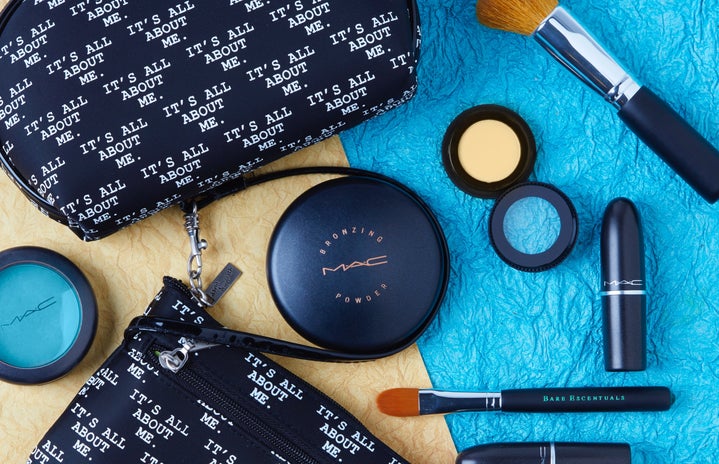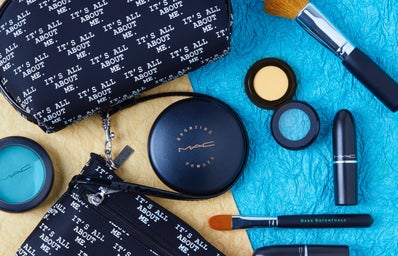If we were to dabble in the filmic art of naming places after colours, Oz’s fabled Emerald City for example, my native Australia would – without a single shred of doubt (or dignity) – be known as one giant, tan-crazed Orange City. We’re a nation of sun-cravers and avid beach-goers, and with this love affair with the outdoors comes a natural desire for a little unnatural colouring. For a select paler few however, myself included, such a literal interpretation of the phrase ‘going for gold’ has us caught between a rock and a hard sell. Indeed, when the comment trolls come out to play they’ll focus on just one thing, and it’s a tastefully offensive suggestion that baffles me every time: I should get a tan.
While I’m all for taking steps toward looking and feeling beautiful, the idea of tinkering with skin colour unsettles me. For years though, I was a devout tinkerer (and I have the permanently-stained bed sheets, pillowcases and towels to prove it.) High school friends and I experimented with every lotion and potion out there, all in the hope of achieving a year-round bronze that would secure our place in the middle of the tan-o-meter, which for the uninitiated, was somewhere between Casper the Ghost and Donatella Versace. Much of our physical appearance may well be determined long before we’re born, but with the right tools it was discovered that we could have complete control over our skin colour. Having a tan made us feel slim, confident, and like we could take on anything and anyone! It was a power trip of the most intoxicating, and looking back, perhaps the silliest kind.
Mercifully, I’ve since come to terms with my unpopular pallor, and with a little cathartic digging have also unearthed a damning, but somewhat reassuring truth about womankind – we’ve been enslaved by this false notion of a ‘trendy’ skin tone for many a millennia. Beauty is a big business and expectations are evolving all the time, but this obsession with changing the colour of our skin has remained a loyal constant through all the ins and outs. The history of the self-tan, quite surprisingly though, is streaky at best.
According to a widely recounted anecdote, darker skin tones first came to be considered attractive in the 1920s. As the story goes, Coco Chanel stepped off a yacht on the French Rivera looking enviably golden, and either by accident or design, tanned skin started to represent pleasure, relaxation and health from that point onward. Men and women swiftly loosened their attitudes towards sun protection and bid adieu to the lengthy reign of alabaster skin. A fad was born, and before long, so too was an industry.
It’s been close to 90 years since Coco inadvertently triggered this worldwide tanning craze, and although some shades and products have been more popular than others, tans on the whole have never truly gone out of fashion. The trend is still a relative flash in the pan though, and if pale skin were to ever make a comeback, (it’s been gunning for a renaissance since the Renaissance itself) I’d hazard a guess that those future generations involved will look back on our days of basting in oil and foil as something of a bizarre historical blip. With any luck, they might come to regard all skin-painting rituals – light to dark and dark to light – in this way too.
Claudie Groves
Image sources
2. http://www.biography.com/imported/images/Biography/Images/Profiles/C/Coco-Chanel-9244165-2-402.jpg
3. http://mikeclancytraining.com/wp-content/uploads/2013/05/Tanning.jpg

